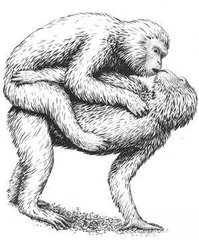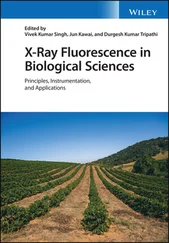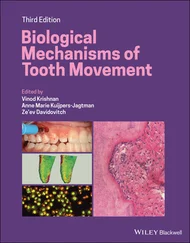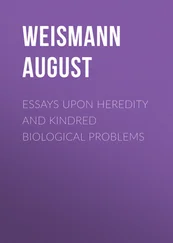In a number of cases, homosexual pairs raise young without being the biological parents of the offspring they care for. Some same-sex pairs adopt young: two female Northern Elephant Seals occasionally adopt and coparent an orphaned pup, while male Hooded Warblers and Black-headed Gulls may adopt eggs or entire nests that have been abandoned by females, and pairs of male Cheetahs occasionally look after lost cubs. Sometimes female birds “donate” eggs to homosexual couples through a process known as parasitism: in many birds, females lay eggs in nests other than their own, leaving the parenting duties to the “host” couple. This occurs both within the same species, and (more commonly) across species, and usually involves heterosexual hosts. Male pairs of Hooded Warblers, however, sometimes receive eggs from Brown-headed Cowbirds (and possibly also from females of their own species) in this way; within-species parasitism may also provide eggs for male pairs of Black-headed Gulls and female pairs in Roseate and Caspian Terns. The opposite situation is thought to occur in Ring-billed Gulls: researchers believe that some homosexually paired females actually lay eggs in nests belonging to heterosexual pairs. Finally, some birds in same-sex pairs take over or “kidnap” nests from heterosexual pairs (e.g., in Black Swans, Flamingos) or occasionally “steal” individual eggs (e.g., in Caspian and Roseate Terns, Black-headed Gulls); homosexual pairs in captivity also raise foster young provided to them.
A homosexual pair of male Flamingos tending their foster chick
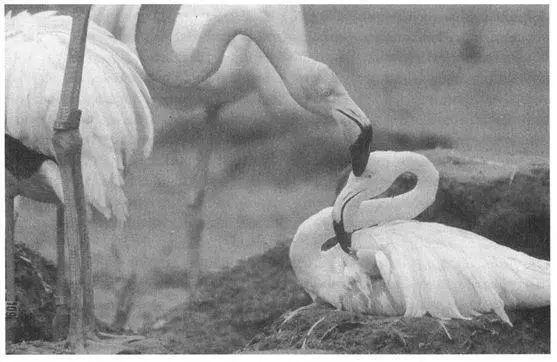
In a detailed study of parental behavior by female pairs of Ring-billed Gulls, scientists found no significant differences in quality of care provided by homosexual as opposed to heterosexual parents. They concluded that there was not anything that male Ring-billed Gull parents provided that two females could not offer equally well. 12This case is not exceptional: homosexual parents are generally as good at parenting as heterosexual ones. Examples of same-sex pairs successfully raising young have been documented in at least 20 species, and in a few cases, homosexual couples actually appear to have an advantage over heterosexual ones. 13Pairs of male Black Swans, for example, are often able to acquire the largest and best-quality territories for raising young because of their combined strength. Such fathers—dubbed “formidable” adversaries by one scientist—consequently tend to be more successful at raising offspring than most heterosexual pairs. 14And in many species in which single parenting is the rule (because there is no heterosexual pair-bonding), same-sex pairs provide a unique opportunity for young to be raised by two parents (e.g., Squirrel Monkeys, Grizzly Bears, Lesser Scaup Ducks). Moreover, in some Gulls, female pairs are consigned (for a variety of reasons) to less than optimal territories, yet they still successfully raise young: in many cases they compensate by investing more parental effort—and are more dutiful in caring for their chicks—than male-female pairs. 15There are exceptions, of course: some female pairs of Gulls, for instance, tend to lay smaller eggs and raise fewer chicks (although this is also true of heterosexual trios attending supernormal clutches), while same-sex parents in Jackdaws, Canada Geese, and Oystercatchers may experience parenting difficulties such as egg breakage or nonsynchronization of incubation duties. By and large, though, same-sex couples are competent and occasionally even superior parents.
Birds in homosexual pairs often build a nest together. Usually they construct a single nest the way most heterosexual pairs do, but other variations also occur: female Common Gulls and Jackdaws sometimes make “twin” or “joint” nests containing two cups in the same bowl, while male Greater Rheas and female Canada Geese may use “double” nests consisting of two adjacent or touching nests. Female Mute Swans occasionally construct two separate nests in which both birds lay eggs. Nests belonging to male couples in some species (e.g., Flamingos and Great Cormorants) are often impressive structures, exceeding the size of heterosexual nests because both males contribute equally to their construction (in heterosexual pairs of these species, usually only one sex builds the nest, or males and females make unequal contributions). Many same-sex pairs construct nests regardless of whether they lay fertile eggs. Male pairs of Mute Swans, Flamingos, Black-crowned Night Herons, and Great Cormorants, for example, usually build nests even though they never acquire eggs, and the male “parents” may even sit on the nests as if they contained eggs, while female pairs frequently build nests in which they lay supernormal clutches that are entirely infertile. Same-sex parents often share incubation duties, either taking turns sitting on their nest (the most common arrangement), or else incubating simultaneously on a single nest (female Red-backed Shrikes, male Emus) or side by side on a twin or double nest (female Jackdaws, male Greater Rheas).
In addition to parenting by homosexual couples, some animals raise young in alternative family arrangements, usually a group of several males or females living together. Gorilla babies, for example, grow up in mixed-sex, polygamous groups where their mothers may have lesbian interactions with each other, while Pukeko and Acorn Woodpeckers live and raise their young in communal breeding groups where many, if not all, group members engage in courtship and sexual activities with one another (both same-sex and opposite-sex). In such situations, individuals that engage in homosexual courtship or copulation activities may either reproduce directly because they also mate heterosexually (Pukeko), or they may assist members of their group in raising young without reproducing themselves (Acorn Woodpeckers). 16Other alternative family constellations include bisexual trios (mentioned above), homosexual trios (as in Grizzly Bears, Dwarf Cavies, Lesser Scaup Ducks, and Ring-billed Gulls) where three mothers jointly parent their offspring, and even quartets, in which four animals of the same (Grizzlies) or both sexes (Greylag Geese) are bonded to each other and all raise their young together. 17
Finally, some animals that have homosexual interactions are “single parents.” Many female mammals, for example, that court or mate with other females also mate heterosexually and raise the resulting young on their own or in female-only groups (as is typical for exclusively heterosexual females in the same species as well). This is especially prevalent among mammals with polygamous or promiscuous heterosexual mating systems, such as Kob and Pronghorn antelopes and Northern Fur Seals (where males, and sometimes females, usually mate with more than one partner). Males in many polygamous species are often bisexual as well, fathering offspring in addition to courting or mating with other males; typically, however, they do not actively parent their offspring regardless of whether they are bisexual or exclusively heterosexual. 18
What’s Good for the Goose…: Comparisons of Male and Female Homosexuality
Is homosexuality more characteristic of male animals or female animals? And does it assume different forms in the two sexes—or, to paraphrase a popular saying, is the behavior of the “goose” essentially similar to that of the “gander”? As it so happens, homosexuality in three species of Geese—Canada, Snow, and Greylag—exemplifies some of the major patterns of male and female homosexuality and the range of variation found throughout the rest of the animal world. In Canada Geese, both males and females participate in the same basic type of homosexual activity, forming same-sex pairs and engaging in some courtship activities. Within these same-sex bonds, however, there are gender differences in some less common behaviors: sexual activity is more characteristic of females (especially if they are part of a bisexual trio), as is nest-building and parenting activity. There are also differences in the frequency of participation of the two sexes: although same-sex pairs are relatively common, accounting for more than 10 percent of pairs in some populations, a greater proportion of the male population participates in same-sex pairing. In contrast, homosexual activity in Snow Geese is vastly different in males than in females, although it is relatively infrequent in both sexes. Females form long-lasting pair-bonds with other females in which sexual activity is not necessarily very prominent, although parenting activity is: both partners lay eggs in a joint nest and raise their young together (they fertilize their eggs by mating with males). Ganders, on the other hand, limit their homosexual activity to same-sex mounting of other males during heterosexual group rape attempts and do not form same-sex pairs (although interspecies gander pairs with Canada Geese sometimes do occur). Finally, in Greylag Geese homosexual activity is found exclusively in males, who form gander pairs that engage in a variety of courtship, sexual, pair-bonding, and parenting activities.
Читать дальше






